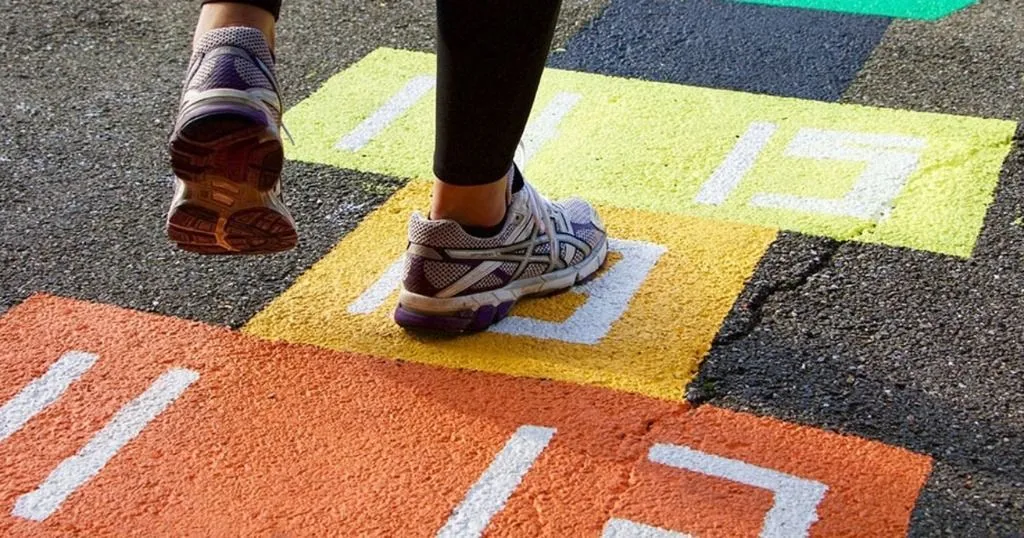Learn about people's behavior by observing them
An observation or usability lab allows researchers to observe test participants unobtrusively, in an environment similar to the participant’s natural surroundings.
Posted by
Published on
Mon 08 Feb. 2021
Topics
| Labs | Observational Research | Psychology | UX Lab | Video Observation | The Observer XT |

Everyone is unique; everyone behaves differently. What is more fun than sitting somewhere - on a park bench, at the beach, or on a terrace, and watch people go by? Postures, movements, nonverbal and verbal behavior - all can be observed.
Watching people, seeing their behaviors, looking at their performance, is interesting for many reasons. It’s fun, but it is also very revealing. Knowing what motivates people, why they do what they do, and how they respond to influences around them will lead to improvements in terms of quality of life.
If you want to control as much of the environment as possible, to prevent your observation from being interrupted by a rainstorm, or a barking dog, the best place to perform your observations is in a laboratory where you have full control.
FREE WHITE PAPERS: How to build a research lab
Do you want to learn more how to set up a research lab? Read on for the perfect tips & tricks!
- Which requirements do you need?
- What equipment is needed?
- Download 3 free 'how to' guides!
Observational research
One type of a controlled setting that is often used by researchers is an observation lab. For example, observation is an obvious method of carrying out research in psychology. In the case of controlled observations, the researcher decides where the observation will take place, at what time, with which participants, under what circumstances, and uses a certain procedure with all participants.
Coding behavior
Rather than writing a detailed description of all behavior observed, it is often easier to code behavior according to a previously agreed scale using a coding scheme (i.e. conducting a structured observation).
Often, videos are collected in the observation lab, which allows easier behavior coding, and also provides a backup to the researcher, who can go back to these videos as often as needed after collection.
Download here the FREE white paper 'How to set up behavioral coding - 7 tips'
Approaching real life situations
To give an example: The Opportunities to Understand Childhood Hurt (O.U.C.H.) Laboratory run by Dr. Rebecca Pillai Riddell focuses on understanding how caregivers and children interact within the context of pain. Their research is performed in a variety of settings, from their own lab space at the York University Campus to the Neonatal Intensive Care Units of major Toronto hospitals.
For researchers in the O.U.C.H. laboratory, observations are made as similar to real life situations as possible, but with the advantage of easier and more efficient data collection. The data obtained is highly quantitative (i.e. numerical) in nature, so analysis can be done quickly.
FREE TRIAL: Try The Observer XT yourself!
Request a free trial and see for yourself how easy behavioral research can be!
- Work faster
- Reduce costs
- Get better data
Additionally, many observations can take place within a short amount of time, which ensures that using the lab is a less time consuming method for both researcher and child.
With controlled observations, results can be easily replicated by other researchers using the same observation schedule. This provides reliability of results, which is a hallmark of psychology research.
Evaluate the usability of a product by testing it on users
Another type of observation which can be carried out in a laboratory is usability testing. This methodology is a must when you aim to assess use of your app, website, or product. By means of these usability tests you are able to assess the degree of successfulness in usability – are people using your product in the way you’ve intended and does it increase their user experience?
When necessary, the data from these tests can be used to make improvements in usability. If the product does not add value to the way in which the user normally performs tasks, then the user has no need to use the product at all. With usability testing, the focus is always user-centric.
Typically, during a usability test, participants will be asked to complete tasks while observers watch, listen, and takes notes. The goal is to identify any usability problems, collect qualitative and quantitative data, and determine the participant's satisfaction with the product.
Make your test as realistic as possible
One way in which usability testing can be done is in a User eXperience (UX) lab. Users perform different tasks in a simulated environment; as with observation labs, an advantage of testing in a lab is that the researcher can control the environment.
Distractions (sound, nearby objects, screens, etc) can be minimized, and accessories can be added as desired, in any location: cameras, eye trackers, a one-way mirror, and even physiological monitoring devices. Moreover, facial expression analyses software can be used to assess emotions, arousal, and valence of the participants.
The test space is always available when you have your own lab, and it can be furnished for various study scenarios: an office, living room, or group discussion settings, for example.
An example: a high tech laboratory
At the Tech3Lab at HEC Montréal, Prof. Pierre-Majorique Léger and his co-workers study what users really experience when they interact with technology, like mobile phones or tablets.
They use neuroscience tools to provide when and where modifications are needed in a user design, in order to make it more optimal. Watch the video to discover more details.
Setting up a well-equipped lab
Interested in setting up an observation or usability lab for answering your research questions? Please visit our website to read more about the many different possibilities Noldus provides. Take a tour through the labs of some of our customers: you can see how we helped design spaces for our clients, what equipment they chose, and which software tools are used for data collection and analysis, such as The Observer XT and FaceReader.
Related Posts

Improving social communication skills in children with ASD

How to study social behavior and dyadic interactions
